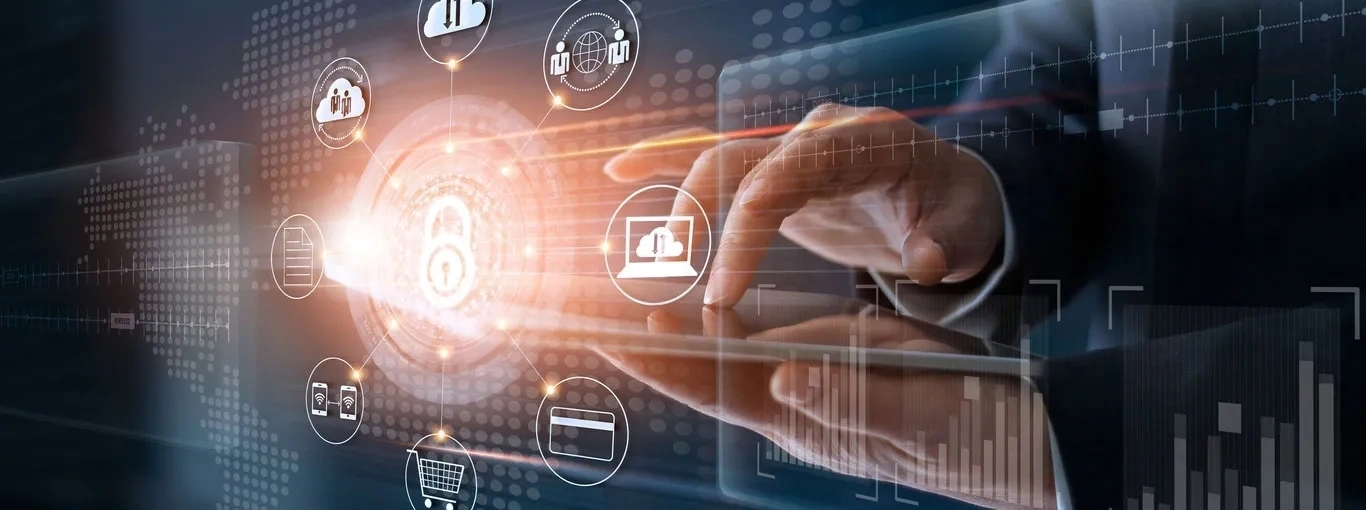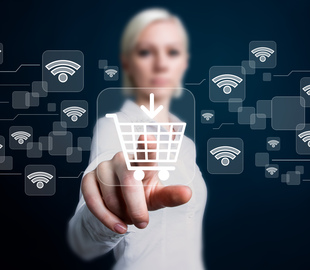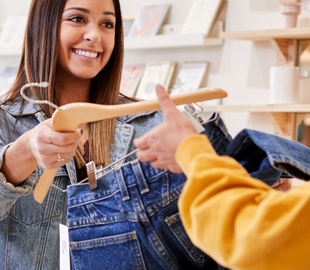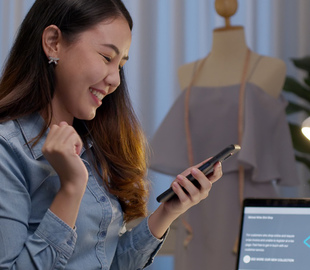The way we pay for things is constantly changing. Thirty years ago, it was a swipe of our card and a signature. Twenty years ago, that was replaced with chip and PIN.
Now we can just tap our card, double click a button on a phone or waft our watch near a terminal. Whatever next?
Thanks to our expertise in the world of payments, Elavon can answer that. And understanding what’s coming can help you stay ahead.
We asked some Elavon experts to predict the top-five upcoming trends in payments:
Kelly Price, Head of Innovation, Europe
Deepti Akkali, Head of eCommerce Commercialisation
Tom Penfare, Senior Product Strategy Manager
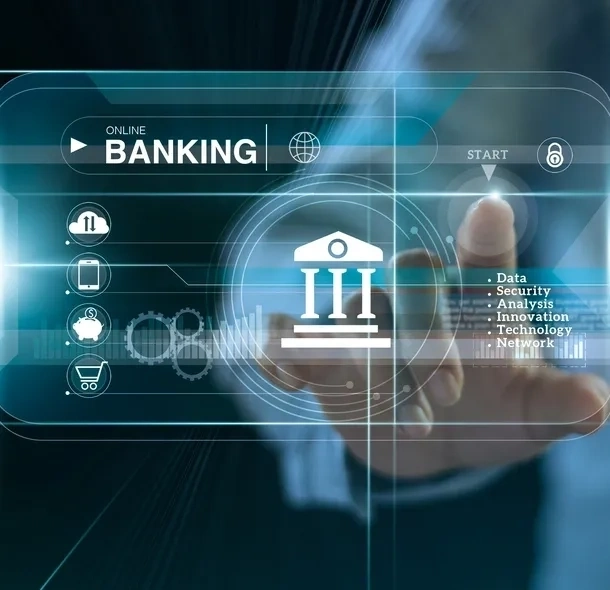
Open banking and payments
Open banking is already here but, for most people, they’ll just think of it as banking. It’s a clever and secure way for consumers to share their bank or credit-card data with trusted third parties, through an application programming interface (or API). Many consumers will use open banking to bring bank accounts together so they can be seen in one convenient place but, more and more, it’s being used to pay for goods and services.
The fact that open banking means you can move money from one account directly into another very easily and safely makes it a great way to pay.
“For example, users can select an open banking option at checkout and pay for their goods with a bank transfer from their mobile banking app,” says Tom. “The user journey is simple and intuitive and, best of all, it doesn’t require any data input from the consumer, which means no more typing in card numbers and trying to remember security codes.”
He adds: “There have been lots of headlines in the industry news recently, as more and more payment companies join with open-banking providers to create payment solutions. This year, we should see those products land and open-banking payments gain adoption among consumers.”
Variable recurring payments (VRP) are an important part of open banking still being developed. This digital banking version of direct debits is hotly anticipated by firms that take regular payments, as well as the growing number of subscription-based services companies.
“VRP gives consumers more control of their regular payments, while allowing businesses to set them up intelligently,” says Tom. “Expect to see testing and pilot programmes between banks and payment providers in the coming months – and no doubt more headlines, as we work towards industry-wide VRP solutions.”
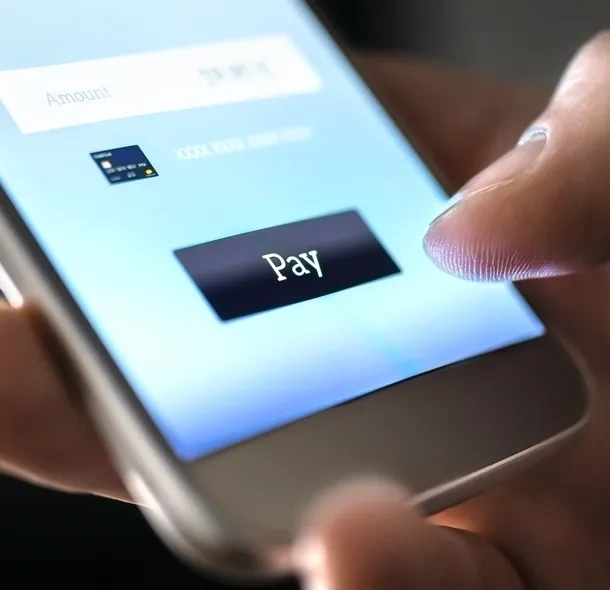
The rise and rise of digital wallets
Tom and Deepti both expect digital wallets to continue to grow in popularity. More people will start using the technology because of the convenience of bringing together several payment methods into one secure place.
Meanwhile, more and more businesses appreciate the amount of data available through payments made by digital wallets. And, of course, the improved customer experience.
“Consumers love them because they bring all their cards into one, safe space. There’s no need to carry around a wallet anymore and the contactless limit doesn’t apply,” says Deepti.
“And businesses love them because it improves the customer experience and provides a rich source of data.”
If you’re interested in learning more, we took an in-depth look at digital wallets and what it means for businesses.

Using a mobile phone as a card machine
Sticking with mobile technology, Deepti is also expecting more and more businesses to use mobile phones as card machines.
This is known as ‘tap to phone’, ‘tap on phone’ or ‘tap to pay’ – or, more technically, SoftPoS, which is literally ‘software-based point of sale’ (a fancy term for a till).
It allows for people to tap their card against someone else’s phone to make a payment. And with digital wallets, it allows phone-to-phone payments simply by tapping.
“This will benefit sole traders such as window cleaners or market-stall holders who won’t need to carry any additional tech around with them,” says Deepti.
“But it could also prove really useful in places such as restaurants or hotels, where staff need to take payments away from a desk or till point.”
In Europe, tap to phone currently only works on Android devices, but Apple made it available in the US in 2022. Meanwhile, it is expected that the EU will attempt to force Apple to open the technology up to European markets.
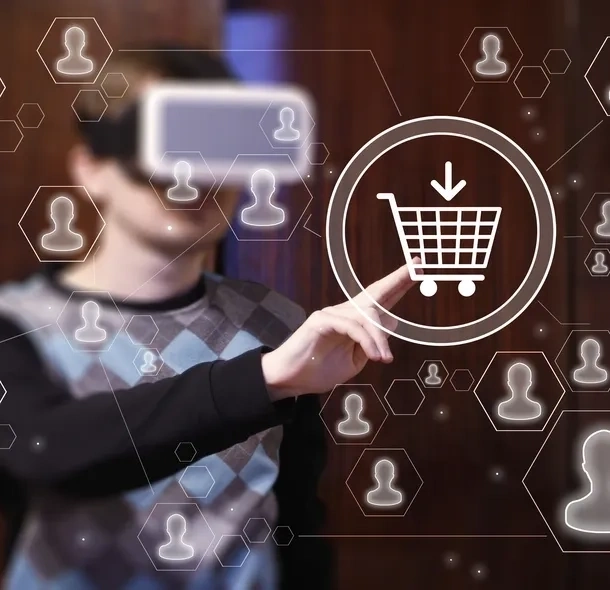
Payments in the metaverse
While these changes are all happening in the physical world, people are starting to pay for things in the virtual world, known as the metaverse. Here you’ll find Kelly, and she’s expecting some exciting developments.
For readers over 30, the metaverse might sound like a strange and intimidating place. But, for the under 30s (and future readers like our children), it’s just a part of normal life. It’s an online, parallel world where discos are held, land is sold and fashion is auctioned off.
Kelly says: “While it’s hard to predict what the future might hold, one thing is for certain: the metaverse is here to stay. We can see some applications being used already, such as tours of hotels on virtual reality headsets, and sports matches hosted in the metaverse.
“It’s an obvious next step for hotels to start taking bookings and payments within the virtual world and events organisers to sell merchandise. The lines between the virtual and physical worlds are going to continue to blur.”
This blurring means what seems incredibly futuristic now, will become commonplace tomorrow without anyone really noticing it happening.
When augmented reality was first talked about, it was difficult to imagine it being a part of everyday life. But now it’s been so readily adopted people often don’t think of it as augmented reality, just reality.
Think giving your dad funny eyebrows on social media or using your phone camera and a website to see what you look like with a pair of spectacles before buying.
Data-over-sound
Kelly also likes to look much further into the future, and here you can find technology making magic happen.
Ultrasonic data-over-sound uses frequencies people can’t hear allowing devices to talk to each other, in a similar way to Bluetooth but with a much greater and specific range.
Kelly said: “An example use of this data-over-sound would be a ticket on a smartphone app. The app emits a sound to alert the venue that you’re there and allow entry without the need to rummage around looking for a ticket or even queuing.
“It can even trigger a welcome message personalised to the visitor. Once at your seat it can sort orders for drinks or allow for notifications sent to certain ticketholders at the event.
“We’re not quite there yet with payments and ultrasonic but there’s definitely plenty we don’t yet know about which it’ll be able to do.”
So you might think the story of payments starts and ends with the tap of a card or a wave of a watch but there’s plenty more to come. And our experts at Elavon stay across the technology, keeping us ahead of this ever-evolving industry.

